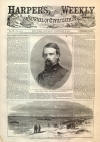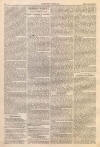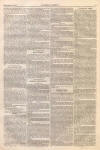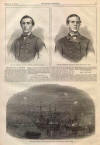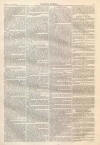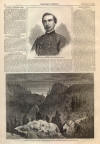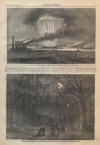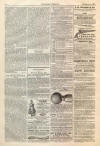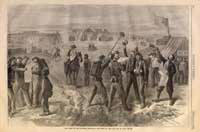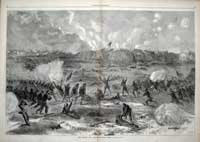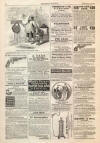Fort Fisher in Civil War
|
|
This Site:
|
VOL. IX.--No. 423.] NEW YORK, SATURDAY, FEBRUARY 4, 1865. SINGLE COPIES TEN CENTS. [$4,00 PER YEAR IN ADVANCE. Entered according to Act of Congress, in the Year 1865, by Harper & Brothers, in the Clerk's Office of the District Court for the Southern District of New York. GENERAL ALFRED H. TERRY.—PHOTOGRAPHED By ANTHONY.—[SEE PAGE 76.]THE CAPTURE OF FORT FISHER.AFTER the failure of the first attempt against Fort Fisher in December, the fleet returned to Beaufort to await further orders from the President and Secretary of the Navy. Admiral PORTER still remained confident that a persistent effort to capture the fort would succeed. The reports obtained from prisoners indicated that in case an assault had been ventured by General BUTLER it would have been crowned with success. How far Lieutenant-General GRANT coincided with this opinion we do not know. But he was so far dissatisfied with BUTLER'S conduct of the expedition that at his suggestion that officer was removed. General GRANT certainly believed that if' the fort could not be taken by assault, there were other means which would insure its capture. It was unlike him to give the expedition up after having once undertaken it. And what was of still greater importance, Wilmington must be taken in order to secure for General SHERMAN a convenient water base in North Carolina for cooperation with the armies about Richmond. General GRANT'S plan for the next campaign is a comprehensive one, and the capture of Fort Fisher was an essential preliminary upon which many minor details of that campaign depend. In one way or another the capture must be accomplished, and the sooner the better. It was taken for granted by the rebels that the attempt would not be repeated—at least not in connection with a land force. HOKE'S rebel division was therefore withdrawn from Federal Point. This conviction of security was doubtless increased by the opinion publicly expressed by General WEITZEL that the rebel work was impregnable by assault. The result also of the first bombardment, though it was pronounced terrific, was not such as to give a merely naval attack any hope of success. In the mean time the military division of the expedition was considerably reinforced. General BUTLER'S force had numbered 6500. To these another brigade was added, and to General TERRY was given the command of the division. Orders to move from Beaufort were received January 11. No warning was given to the enemy by delay, and the weather favored a prompt movement. The fleet arrived off Federal Point on the morning of the 13th, and the troops were landed with twelve days' provisions in the afternoon. The naval engagement commenced at 7.30 A.M. Admiral PORTER sent in the New Ironsides, in whose lead followed four Monitors—the Saugus, Canonicue, Monadnock, and Mahopac. These came within a thousand yards of the fort, and drew its fire in order to ascertain the position of its guns as a guide to their own fire. This bombardment began to tell soon upon the southern angle of Fort Fisher. The traverses began to disappear, and one after another the guns were silenced. "By way of letting the enemy know that we did not intend to take any unfair advantage of him by using the iron vessels alone," PORTER ordered the wooden ships, led by the Brooklyn, to advance to the attack. These performed their part " in the handsomest manner ; not a mistake was committed except firing too rapidly and making too much smoke." At night the wooden vessels retired, and the iron-clads fired irregularly all night. A good portion of the troops were landed, and were within a mile and a half of the fort, occupying a line along the entire width of the peninsula. A 15-inch gun burst during the day on the Mahopac, wounding three persons, two of whom were officers. On the 14th, Saturday, the bombardment was renewed and kept up till sunset, when, says Admiral PORTER, " the fort was reduced to a pulp." During the day a careful reconnaissance was made by General TERRY, who determined to risk an assault on the following day. On the 15th, arrangements having been made between the naval and military commanders for the proposed assault, all the vessels of the fleet united in a heavy fire, which was kept up until 3 o'clock P.M. This was the time fixed upon for the assault. TERRY had placed PAINE'S Division of colored soldiers along the line facing Wilmington, while AMES'S Division, supported by fourteen hundred marines, advanced to the assault. The navel brigade was under the command of Commander K. R. BREESE. Lieutenant CUSHING was one of the company commanders. This column advanced against the seaward front of the fort on the left. During the past hour or two the bombardment had been unusually terrific, the sailors in the mean while having laid down behind partial breast-works. But the moment the fleet ceased firing and the marines rose to their feet the garrison of the fort, numbering over two thousand, appeared on the parapet. This was evidently thought by the rebels to he the main column of the assault, and the whole available force of the fort was turned against them. Before this fire the troops began at length to waver. The men fell thick and fast, some of them being rolled by the surf into the water. Here the brave Lieutenants PRESTON and PORTER fell. This column was repulsed amidst the cheers of the rebel garrison. This repulse was owing to a lack of organization among the marines. It was intended that the party boarding the parapet should be covered by marines and sharp-shooters in the trenches which had been dug within 200 yards of the fort. No such support was given, and the assault failed. In the mean time AMES'S Division had already approached the western side of the fort. The garrison had been aware of their presence in the woods, but supposed that they were intended to reinforce the naval column. The movement which was really made had the effect of a surprise. The naval brigade had only been in action a few minutes when AMES'S column, from the Cape Fear River side, entered the fort at the west end through the sally-port. The abbatis was scaled, and the flags of the One Hundred and Seventeenth New York and the Thirteenth Indiana, of General CURTIS's Brigade, were quickly planted on the fifth and sixth traverses of the fort. Behind the sixth traverse the enemy made a stand, but a bold bayonet charge drove them to the seventh. The top of the eighth had been gained when the assailants were driven back into the seventh, where the fighting lasted over an hour, when, at a given signal, PORTER aided the troops by bombarding the eastern portion of the fort. It was a smooth sea, and such accuracy was obtained in the firing from the fleet that only two or three shells fell among our own force, while they produced considerable effect on the enemy. " These traverses," says Admiral PORTER, "are (Next Page) LANDING OF SOLDIERS AND SAILORS ABOVE FORT FISHER, JANUARY 13, 1865. 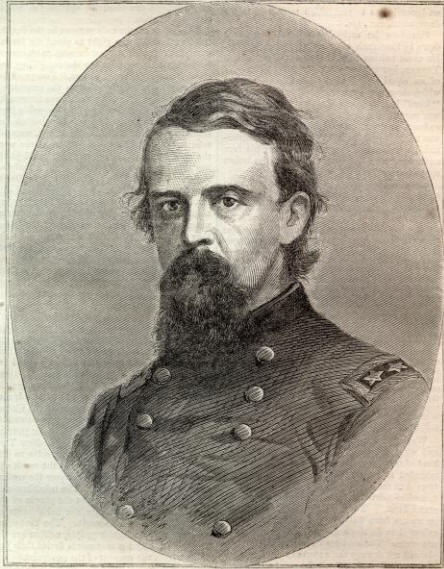 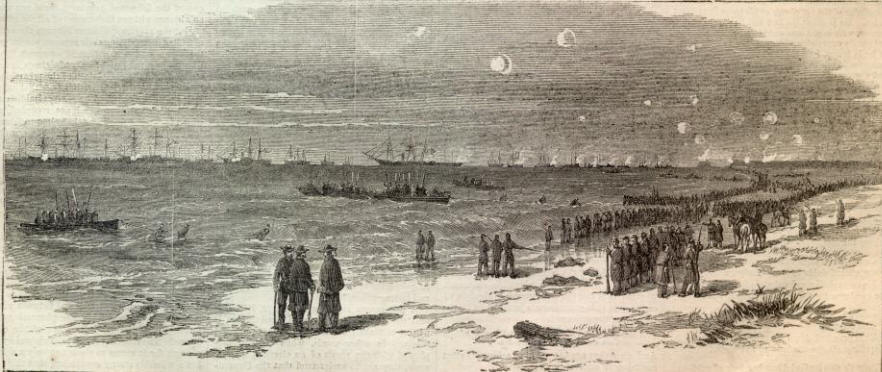 We acquired this leaf for the purpose of digitally preserving it for your research and enjoyment. If you would like to acquire the original 140+ year old Harper's Weekly leaf we used to create this page, it is available for a price of $195. Your purchase allows us to continue to archive more original material. For more information, contact paul@sonofthesouth.net |
||||||||||||||||||||||||
|
|
||
|
|
Site Copyright 2003-2018 Son of the South. For Questions or comments about this collection, contact paul@sonofthesouth.net |
|
|
Are you Scared and Confused? Read My Snake Story, a story of hope and encouragement, to help you face your fears. |
||
